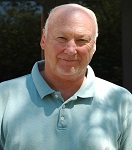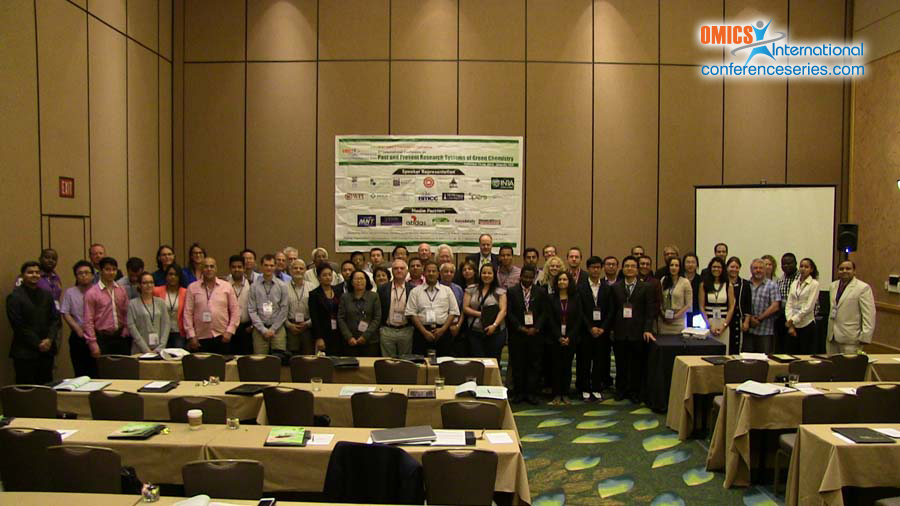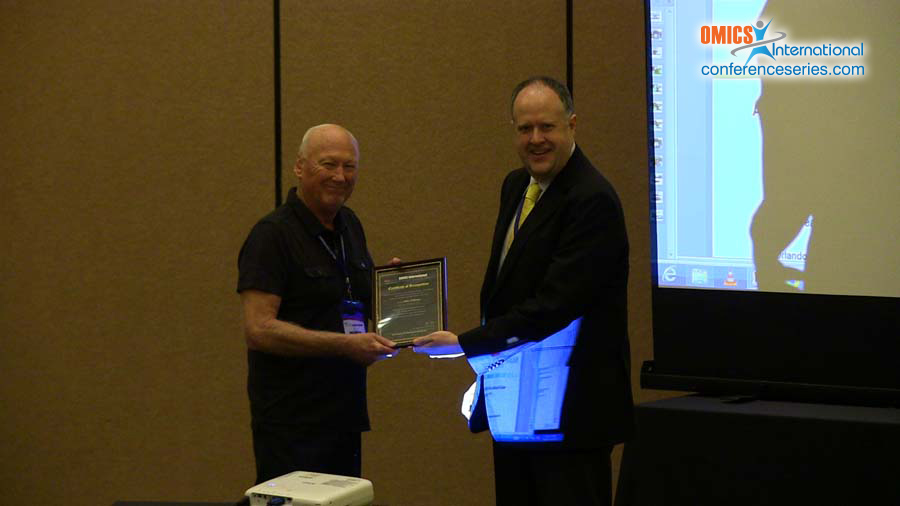
John Littleton
University of Kentucky, USA
Title: Green pharmaceutical chemistry: target-directed evolution of plant secondary metabolism
Biography
Biography: John Littleton
Abstract
Plants have evolved bioactive metabolites of great complexity and potency, however the compounds found in the wild-type plant representonly a fraction of the genomic capability of the species, If we could only “tell” plants what bioactivity we required from them, this would open a new chapter in plant drug discovery. Naprogenix’ novel technology achieves this by “evolving” plant biosynthesis,via mutation and selection,toward metabolites targeted on specific proteins. This can increase yields of known compounds, or generate active metabolites which are not detectable in the wild-type plant. Proof of concept has used several plant species and several targets, but this example describes the production of inhibitors of the human dopamine transporter (DAT- amolecular target in Parkinson’s disease) in cell cultures of a native Lobelia species. This plant contains small amounts of lobinaline, a previously uninvestigated inhibitor of the DAT, which would be a conventional lead compound except that it is a complex binitrogenous alkaloid with 5 chiral centers and no known chemical synthesis. However, this complexity makes it an excellent example of the value of target-directed biosynthesis. First, we expressed the human DAT target protein in cells of this species, making them susceptible to a cytotoxin which is accumulated intracellularly by the DAT. Mutants which are overproducing inhibitors of the DAT now have a survival advantage when exposed to the toxin. About 1/300 gain-of-function mutants survived selection, providing 120 toxin-resistant individual clones. Extracts from 41 of these showed greatly increased levels of DAT inhibition, and 16 of these were overproducing lobinaline. However, the other 25 clones were overproducing other metabolites, 8 of which were not detectable in the wild-type plant. Several of these showed chemical similarity to lobinaline and putatively represent a biosynthetic active compound library. In this way it is possible to tell a plant species to synthesize metabolites with a specific bioactivity and, by selection, the plant cell also does the initial pharmacological screening. Mankind can become the orchestrator of plant biosynthetic evolution rather than its passive beneficiary.




